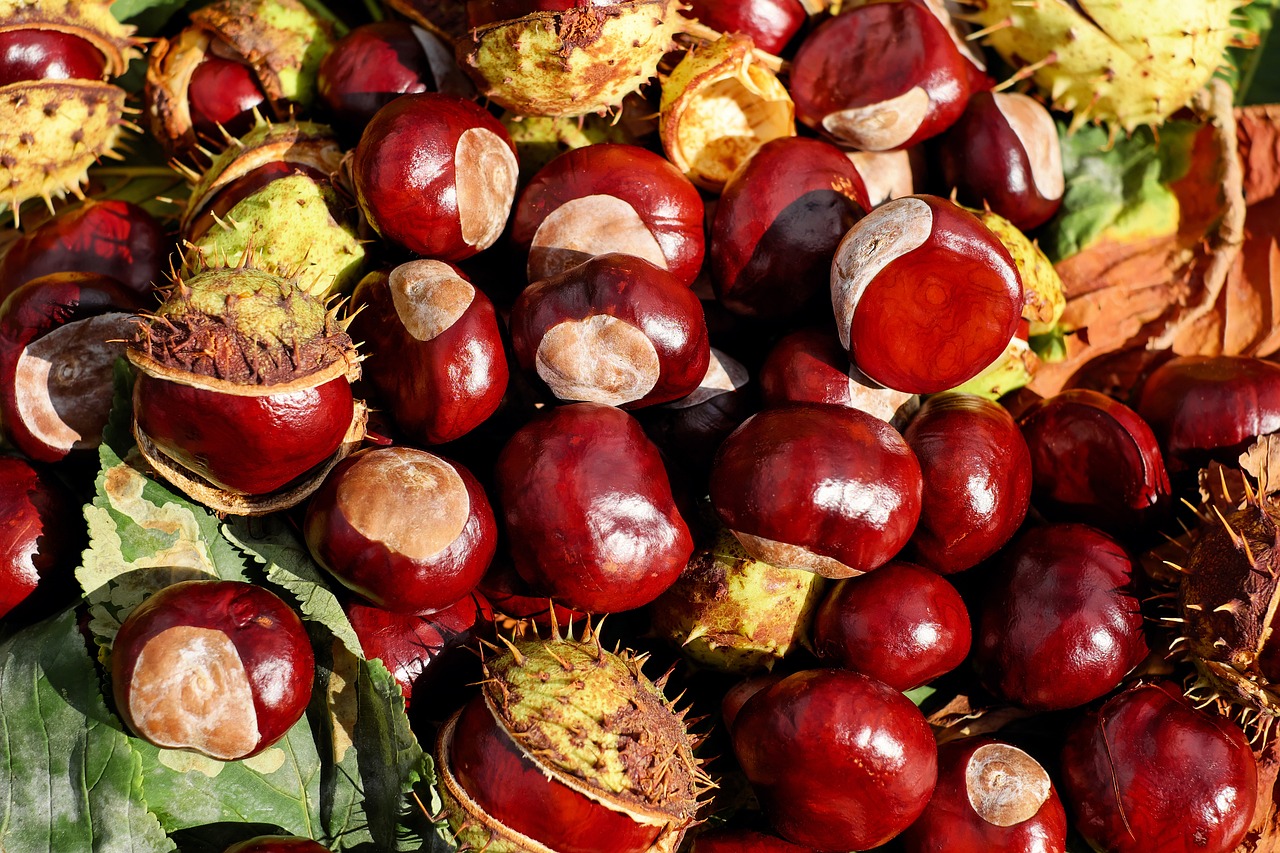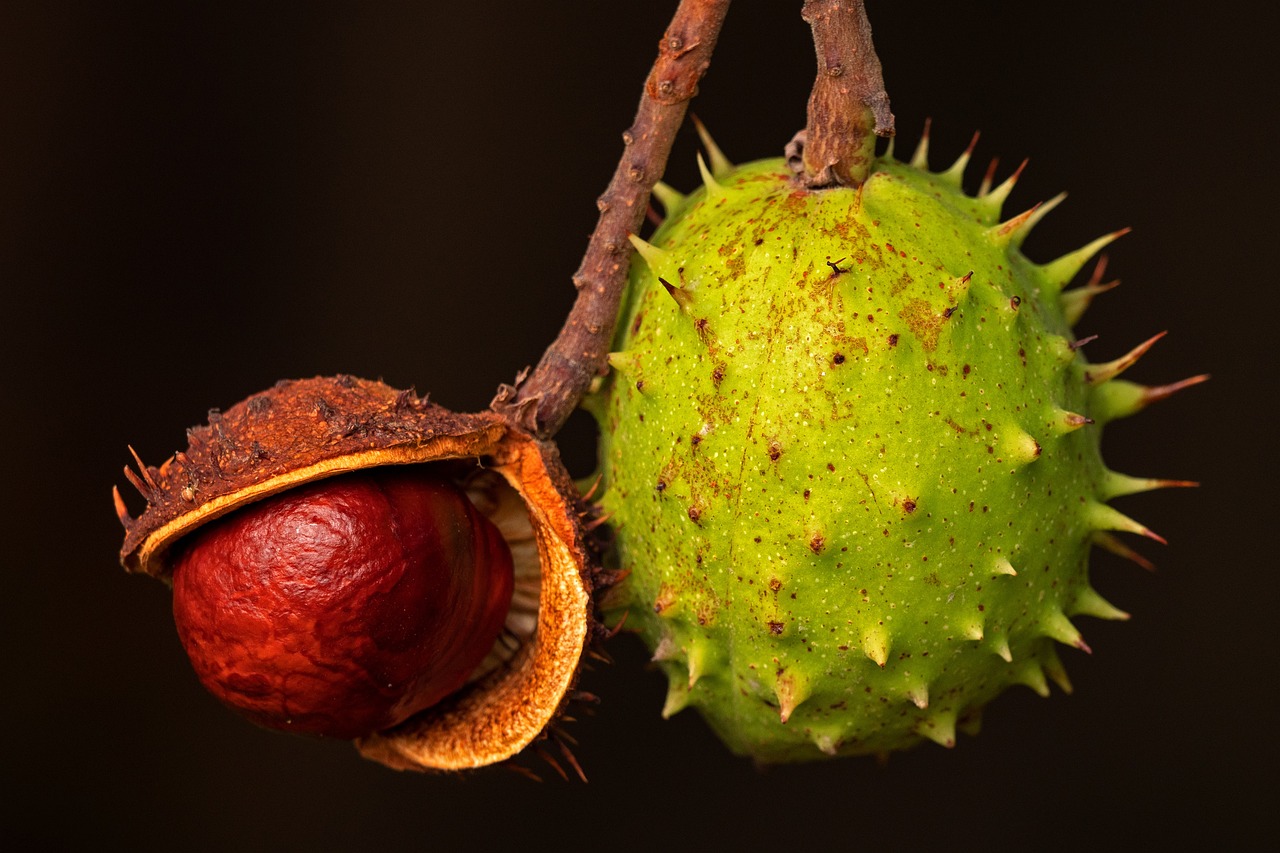“`html
Understanding the World of Chestnuts
Chestnuts are not only a delightful treat during the fall season but also a fascinating subject for tree enthusiasts and gardeners alike. This guide will delve into everything you need to know about chestnuts, from their natural habitat and characteristics to how you can grow them in your own backyard.
What Are Chestnuts?
The chestnut is a group of deciduous trees and shrubs from the genus Castanea. They are native to the temperate regions of the Northern Hemisphere, including parts of North America, Europe, and Asia. Known for their glossy brown nuts and distinctive spiny husks, chestnuts have been a staple food source for centuries.
Natural Habitat of Chestnuts
Chestnuts thrive in well-drained, slightly acidic soils and are commonly found in temperate forests. They prefer full sun to partial shade and can be quite hardy, with some species tolerating temperatures as low as -20°F (-29°C). The American chestnut, once a dominant species in the eastern United States, was nearly wiped out by a fungal blight in the early 20th century. However, efforts are underway to restore this majestic tree to its former glory. Learn more about the American chestnut restoration.
Characteristics of Chestnuts
Chestnut trees can grow anywhere from 20 to 100 feet tall, depending on the species. They have a broad, rounded crown and large, serrated leaves that turn a golden yellow in the fall. The trees produce small, inconspicuous flowers that develop into spiny burs containing the nuts. These burs split open in the fall, revealing the glossy, edible nuts inside.
Symbolism and Flower Language of Chestnuts
In the language of flowers, chestnuts symbolize foresight and justice. Their presence in folklore and literature often represents strength and resilience, a nod to the tree’s ability to thrive in challenging conditions.

How to Grow Chestnuts
Growing chestnuts can be a rewarding endeavor for those willing to invest the time and effort. Here’s a step-by-step guide to help you start your chestnut-growing journey.
Choosing the Right Site
Select a location with well-drained soil and plenty of sunlight. Avoid areas prone to waterlogging or extreme shade. If your soil is not naturally acidic, consider amending it with peat moss or sulfur to achieve the ideal pH level of 5.5 to 6.5.
Planting Chestnuts
Chestnuts can be grown from seeds or saplings. If planting seeds, stratify them by chilling them in moist sand for several months to mimic winter conditions. Plant seeds or saplings in the spring, spacing them at least 30 feet apart to accommodate their mature size.
Watering and Fertilizing
Young chestnut trees require regular watering, especially during dry spells. Once established, they are relatively drought-tolerant. Fertilize in the spring with a balanced, slow-release fertilizer to encourage healthy growth.

Pest and Disease Management
Chestnuts are susceptible to pests like weevils and diseases such as blight. Regular monitoring and early intervention are key to managing these challenges. Use organic pesticides where possible and consult local agricultural extensions for advice tailored to your region.
Additional Tips and Considerations
Harvesting Chestnuts
Chestnuts are typically ready for harvest in the fall, once the burs begin to split open. Gather them promptly to prevent spoilage and store them in a cool, dry place. Roasting chestnuts is a popular method of preparation, enhancing their natural sweetness.
Companion Planting
Consider planting chestnuts alongside companion plants such as hazelnuts or raspberries. These plants share similar soil and light requirements, making them suitable partners in a diverse garden ecosystem.
Preserving Chestnut History
Engage with organizations dedicated to preserving chestnut heritage and ecology. The Chestnut Foundation offers resources and opportunities to participate in restoration projects, ensuring these iconic trees remain part of our natural landscape for generations to come.
Enjoying Chestnuts
Beyond their ecological and historical significance, chestnuts are a versatile ingredient in the kitchen. They can be boiled, roasted, or ground into flour for use in a variety of dishes, from soups and stews to pastries and bread.
Conclusion
Whether you’re drawn to chestnuts for their culinary appeal, their role in ecosystems, or their storied past, there’s no denying their charm. By understanding their needs and characteristics, you can cultivate these magnificent trees and enjoy their benefits for years to come. With a little patience and care, your chestnut-growing endeavor can be a fruitful and rewarding journey.
“`
